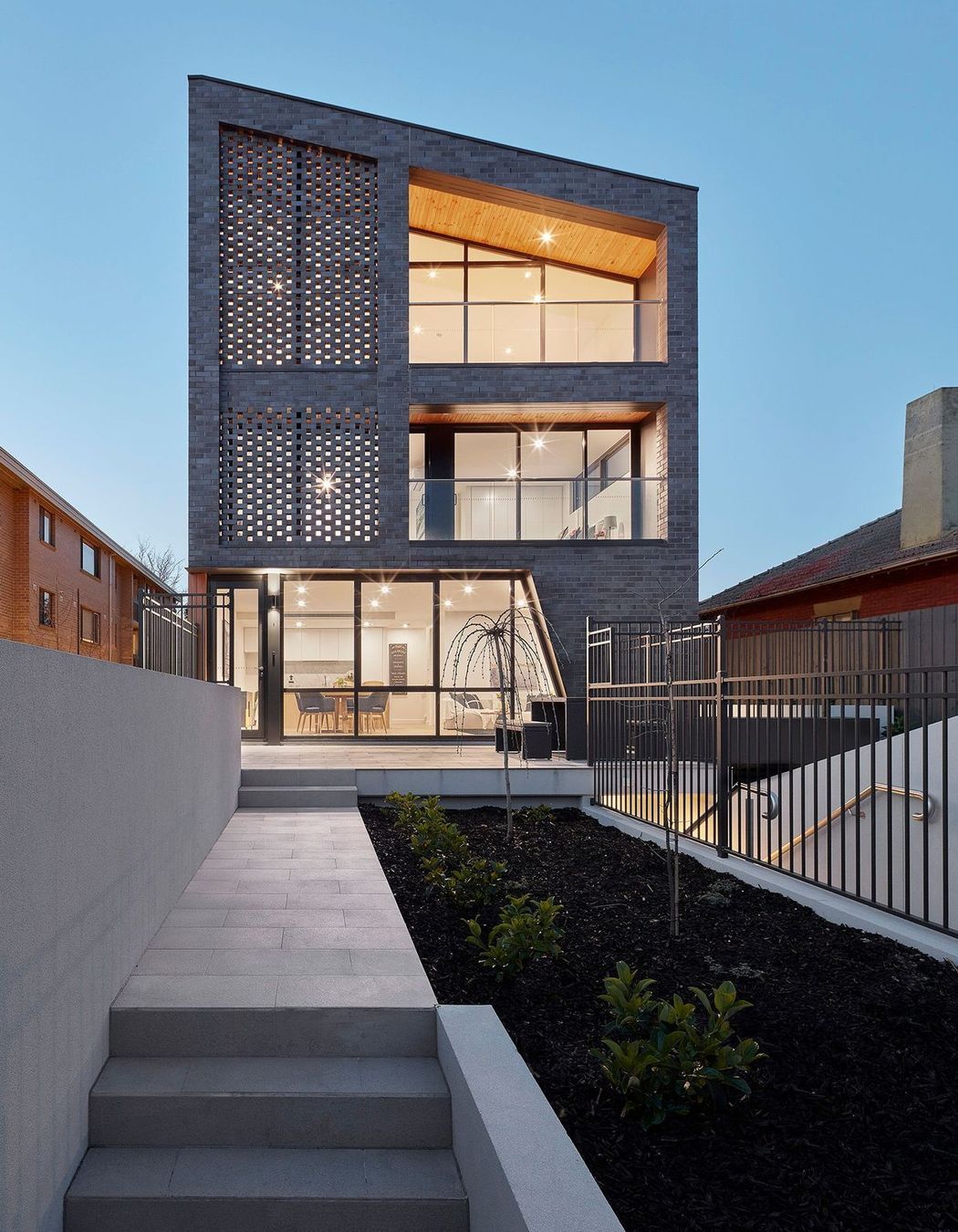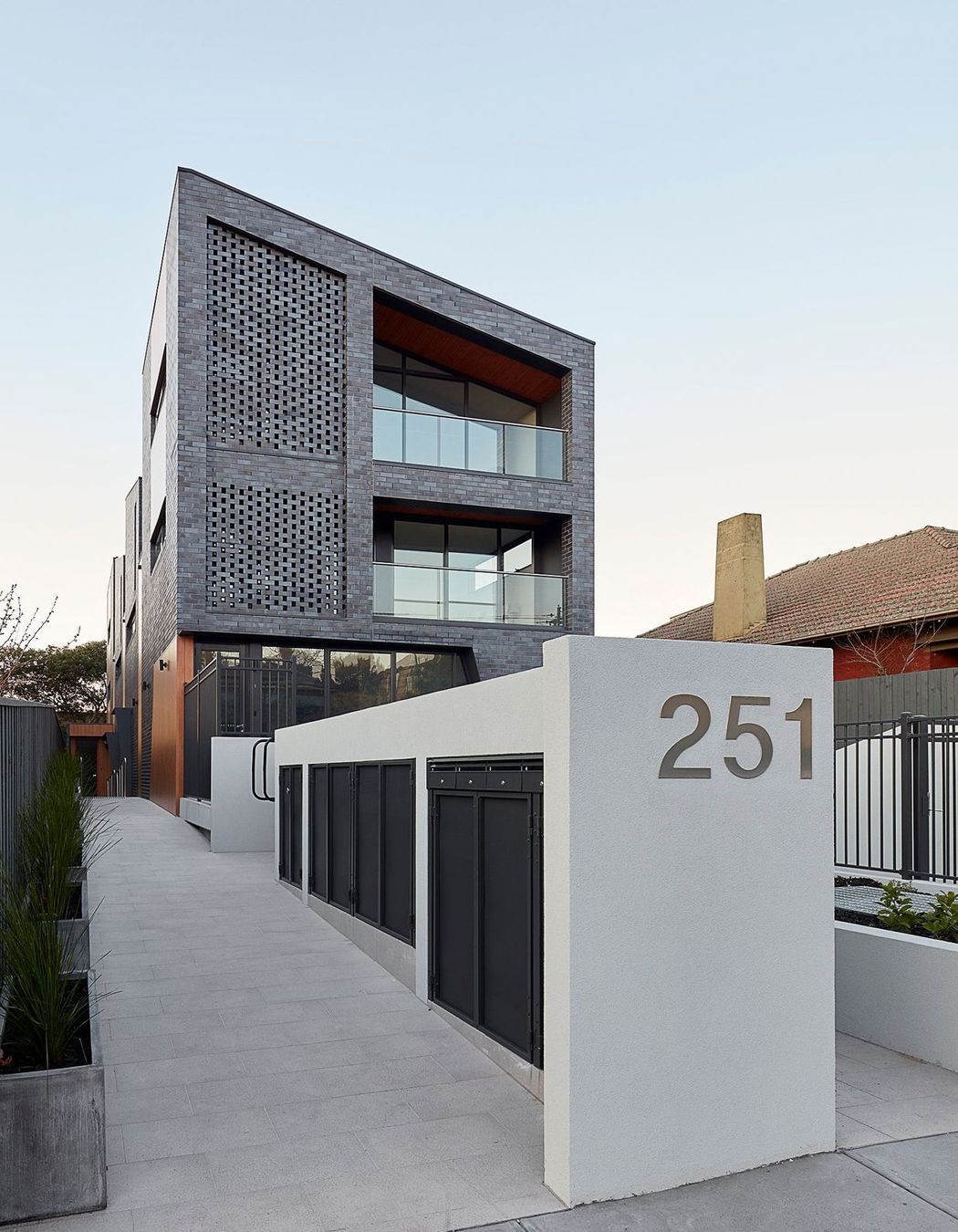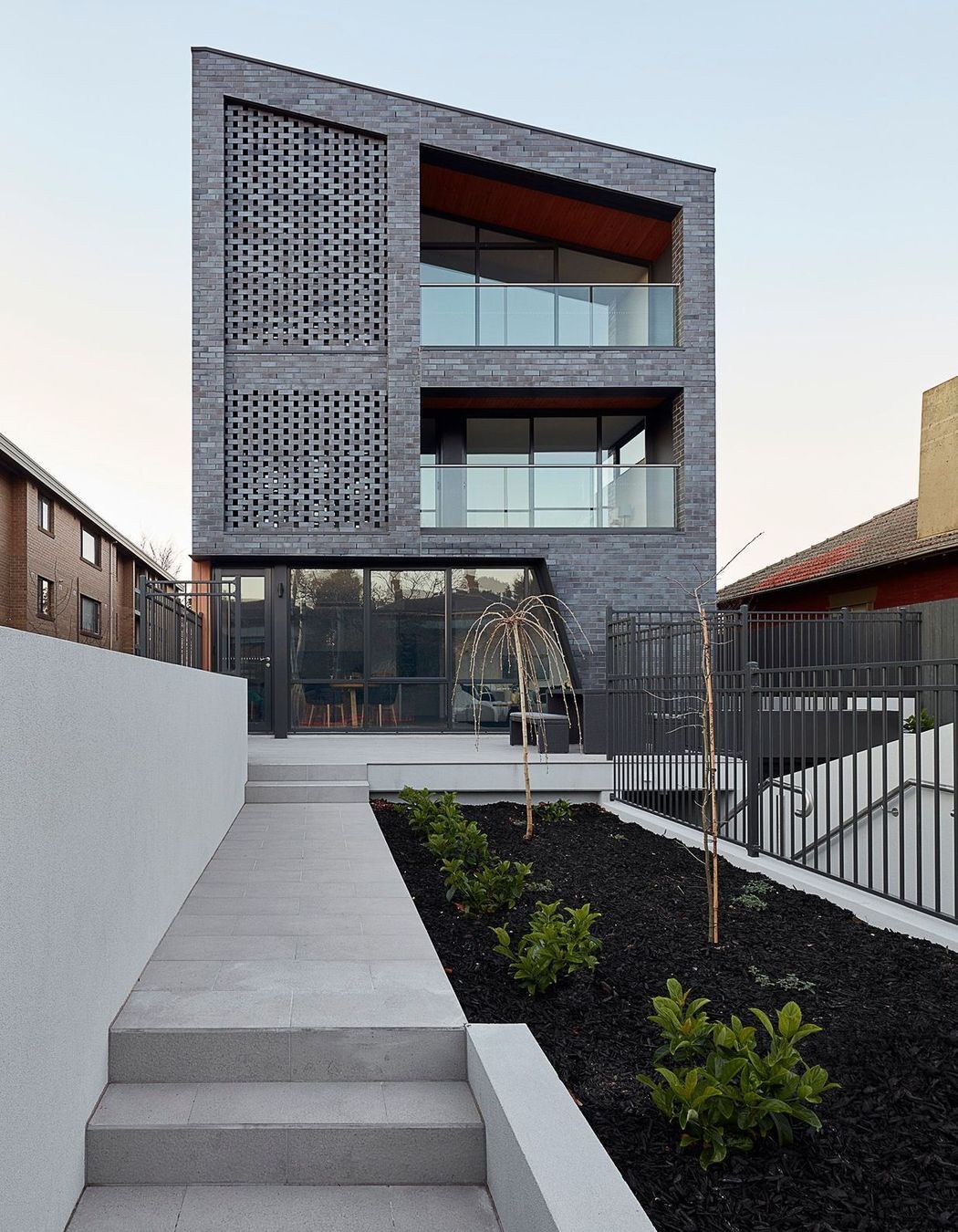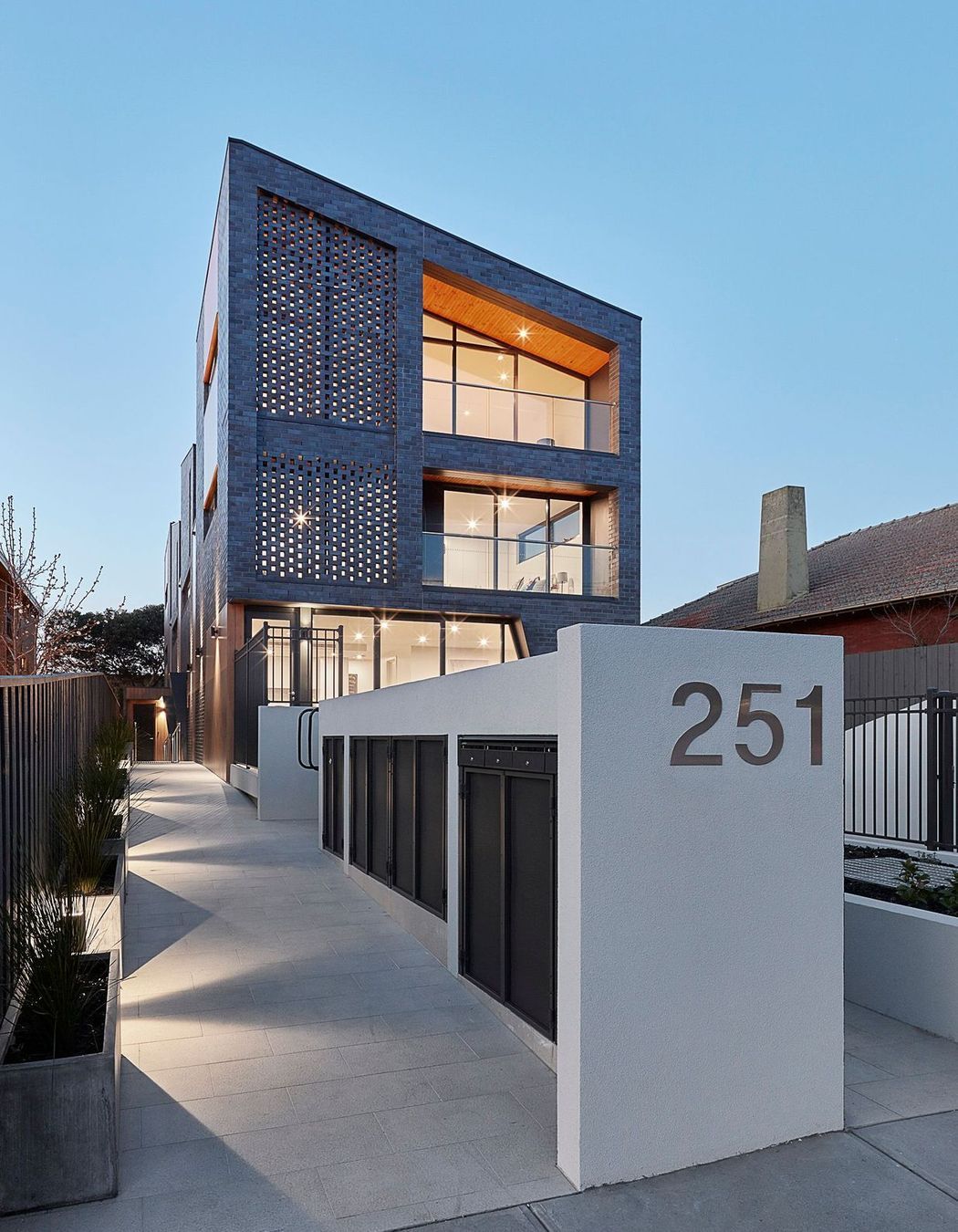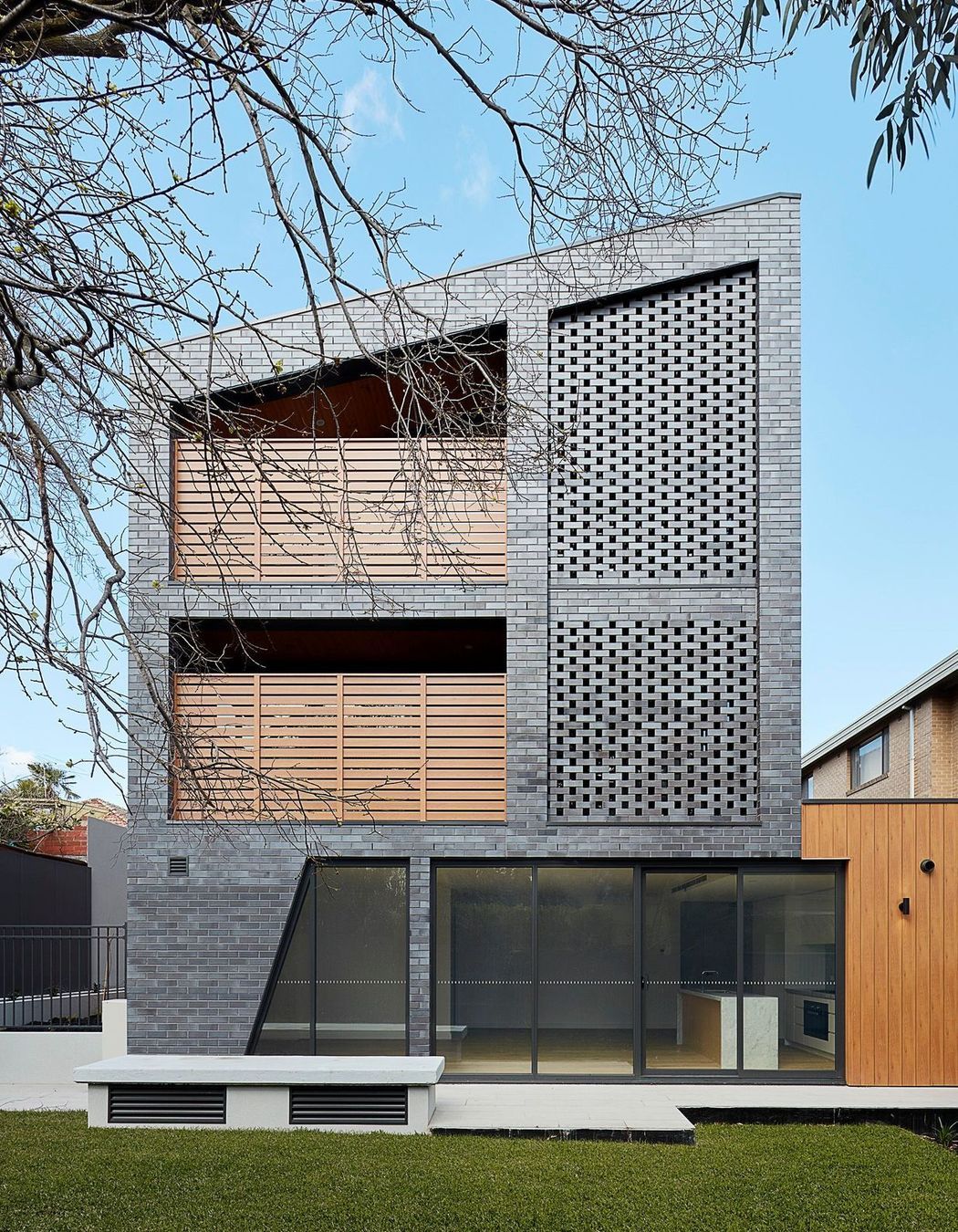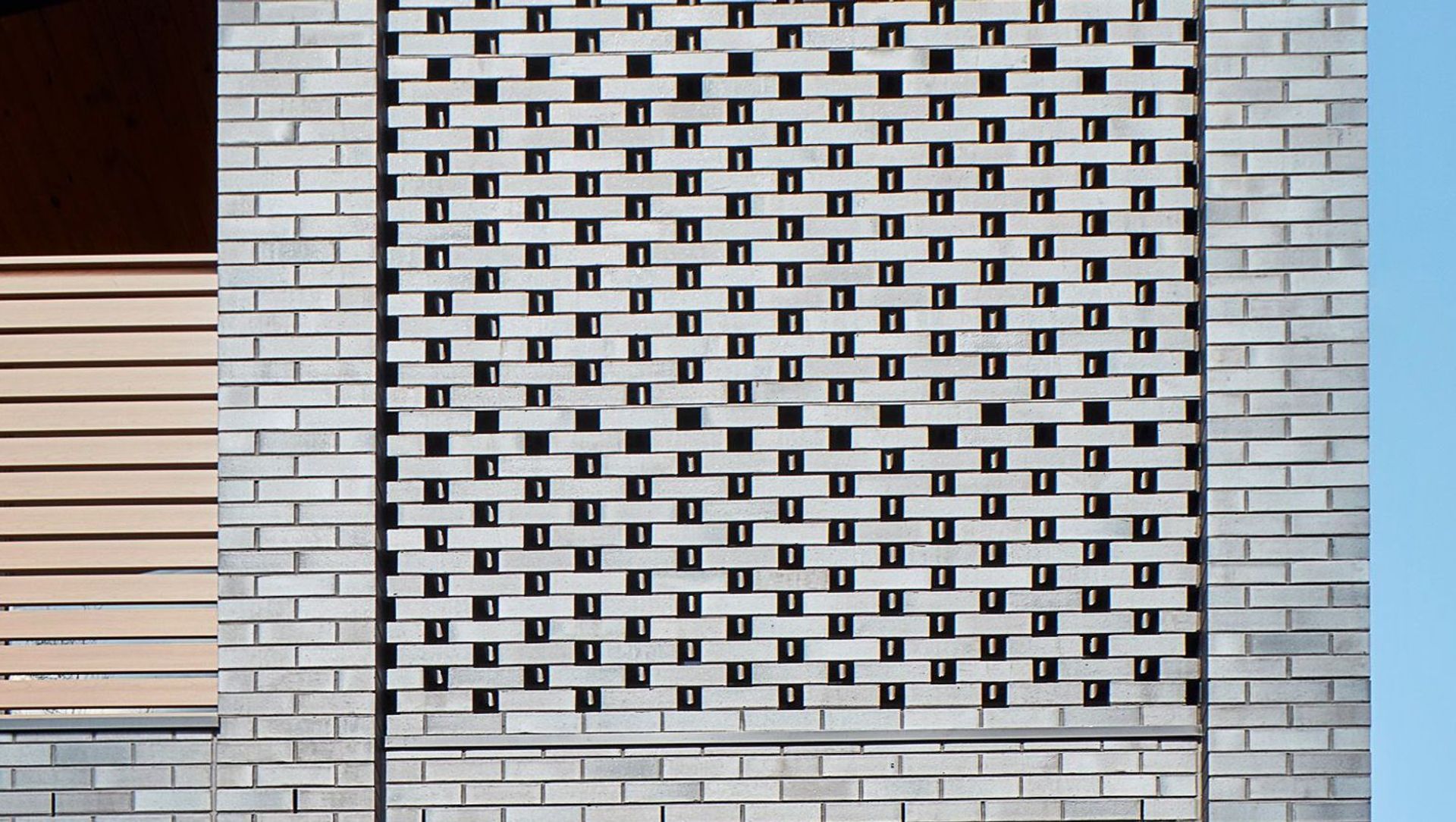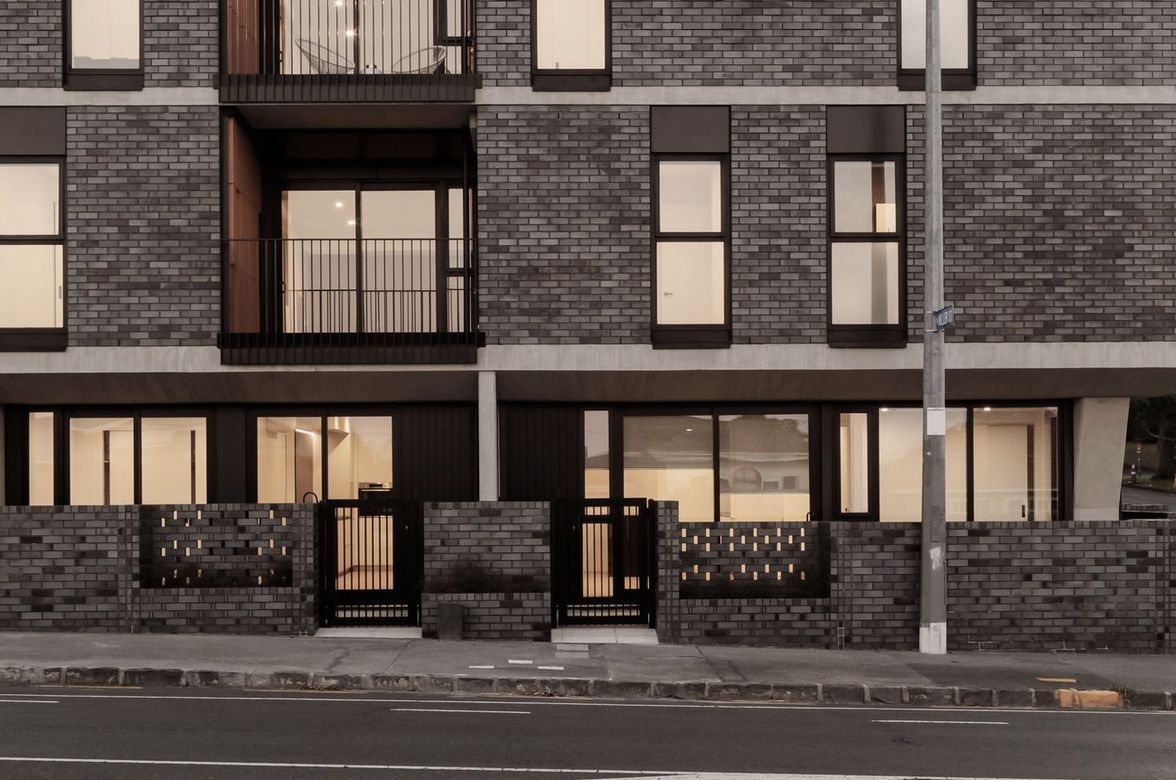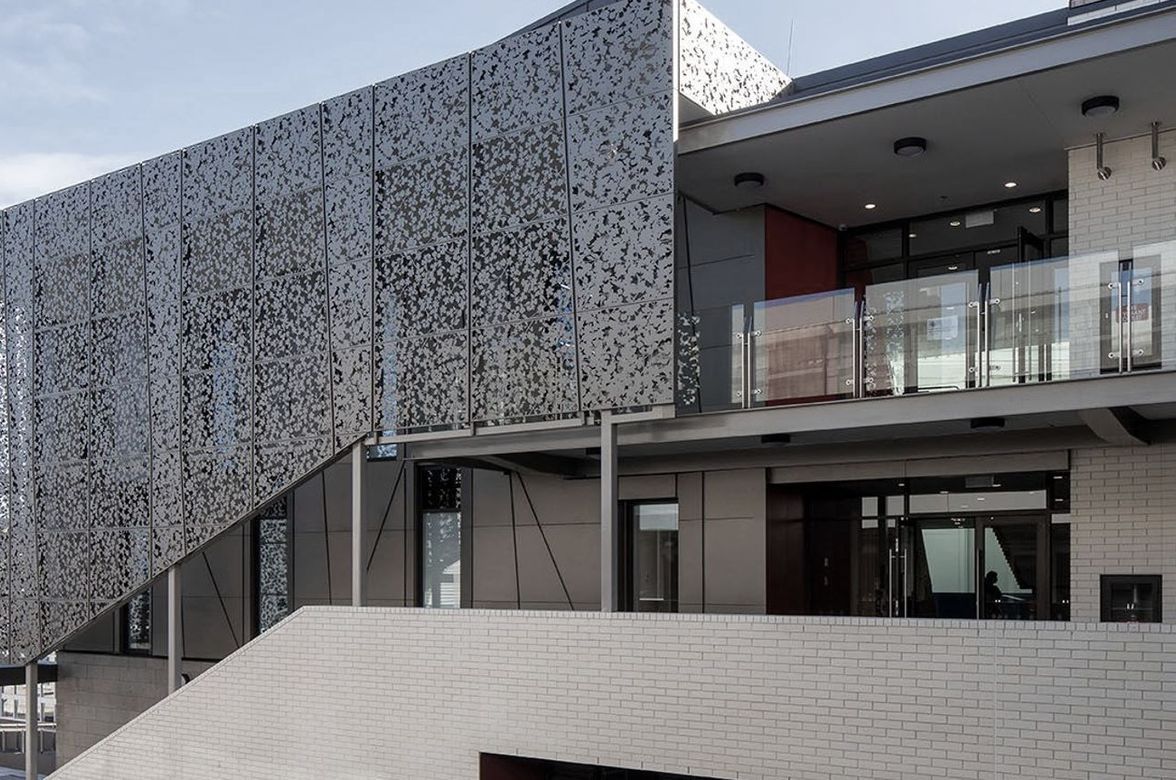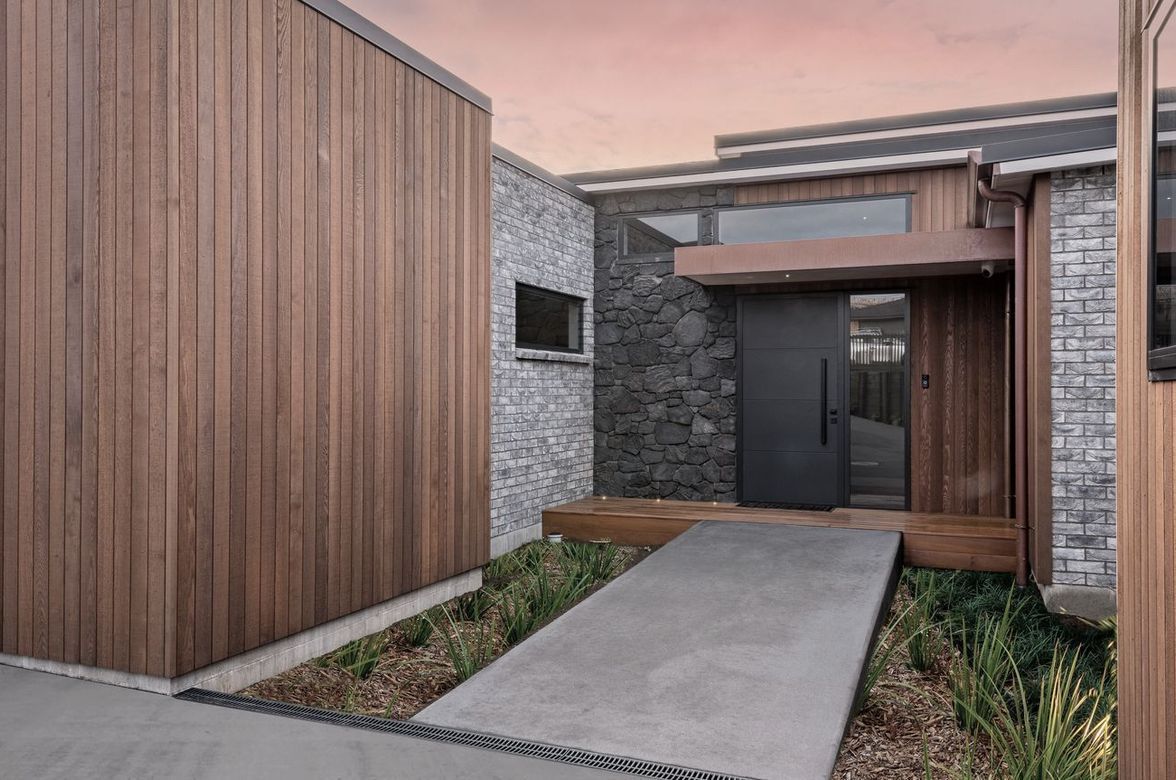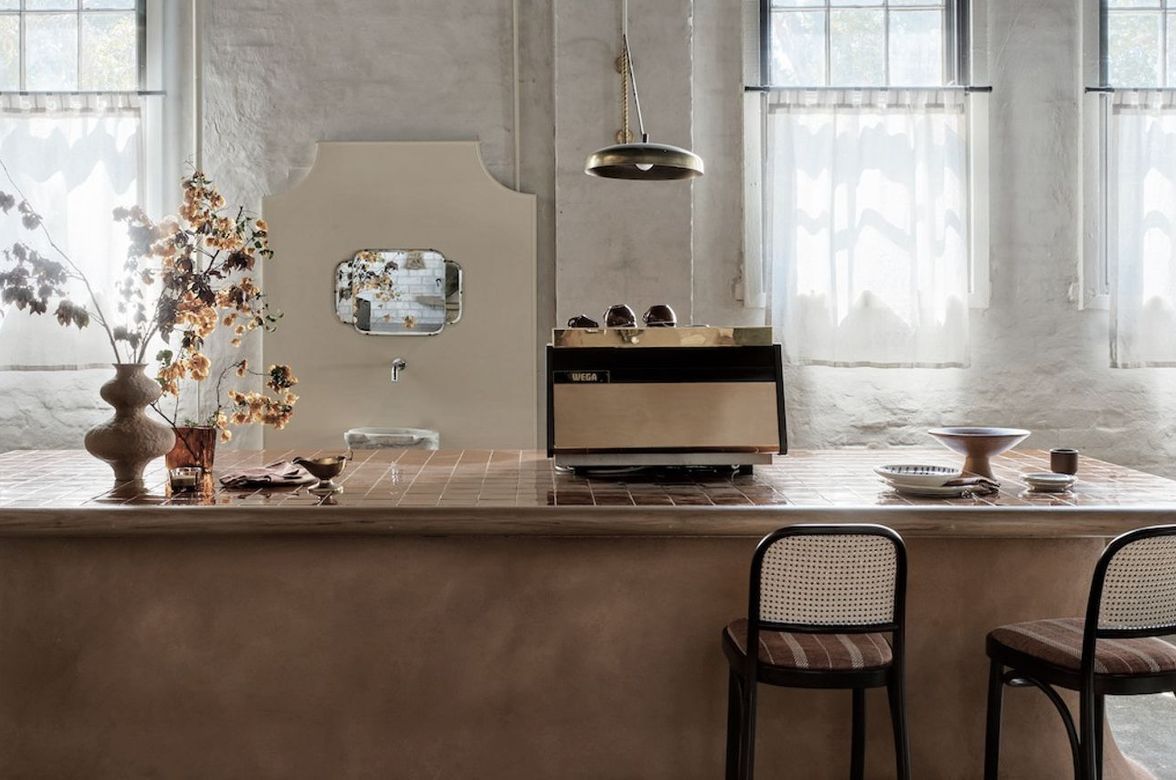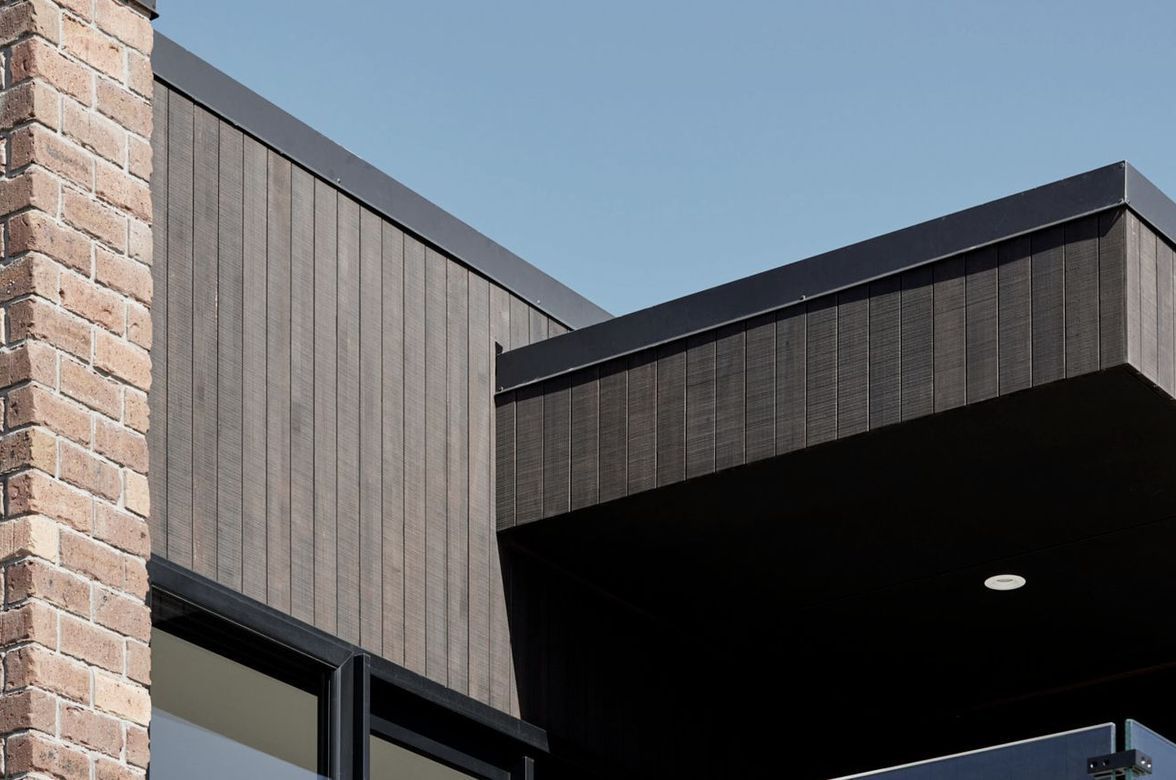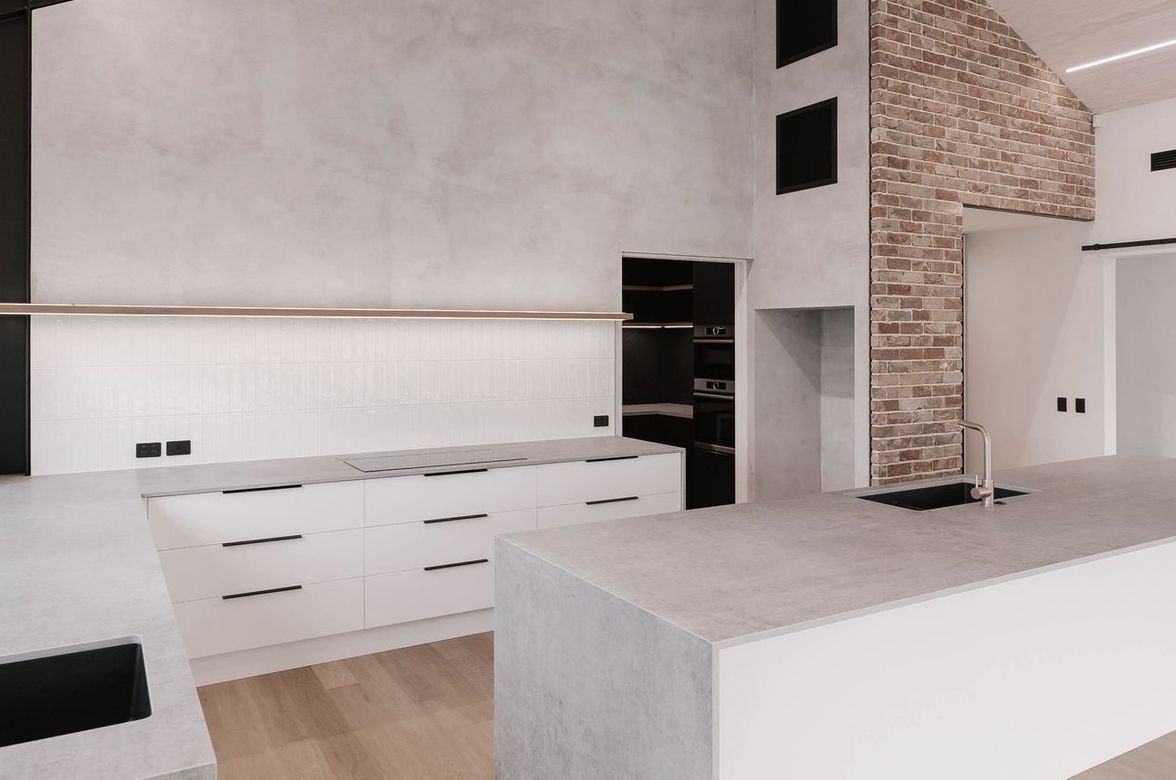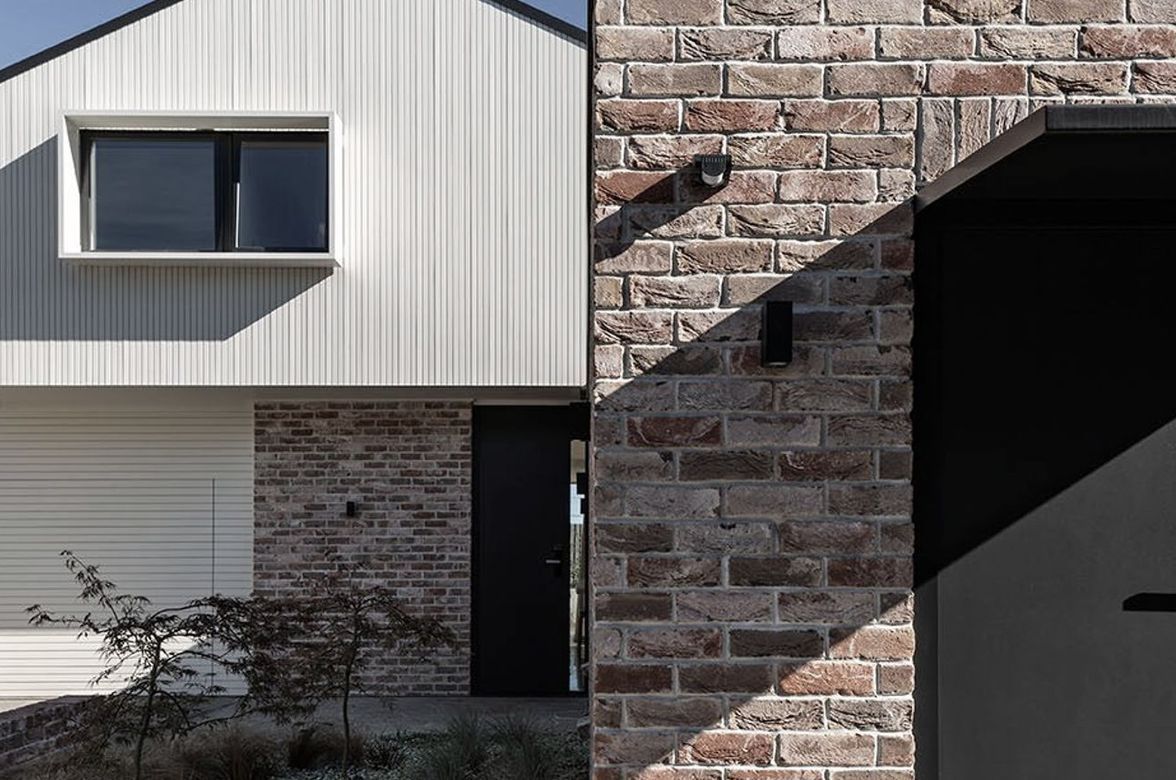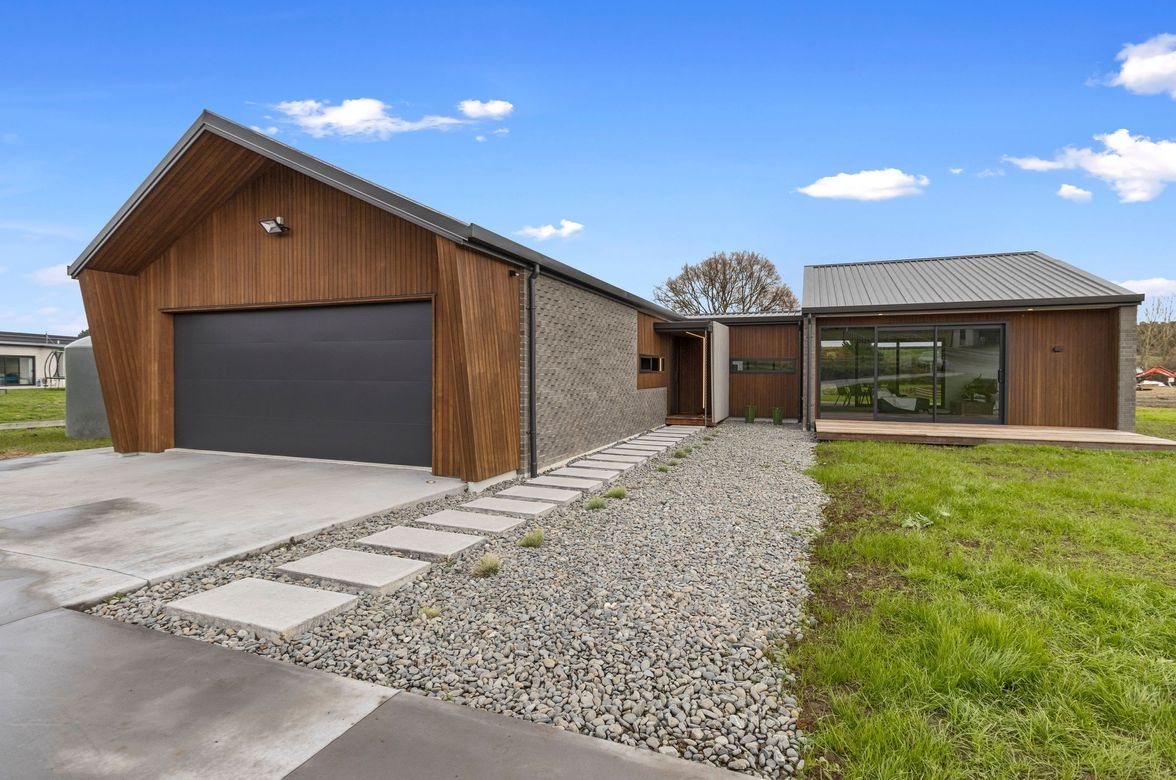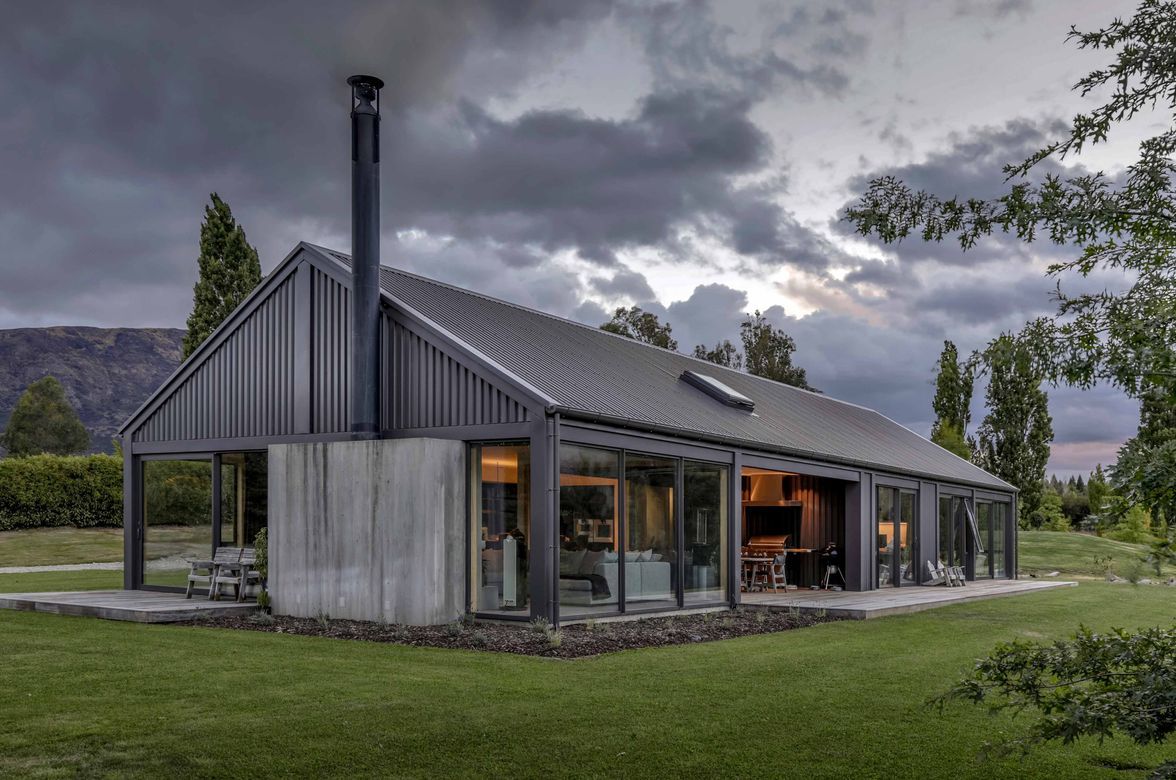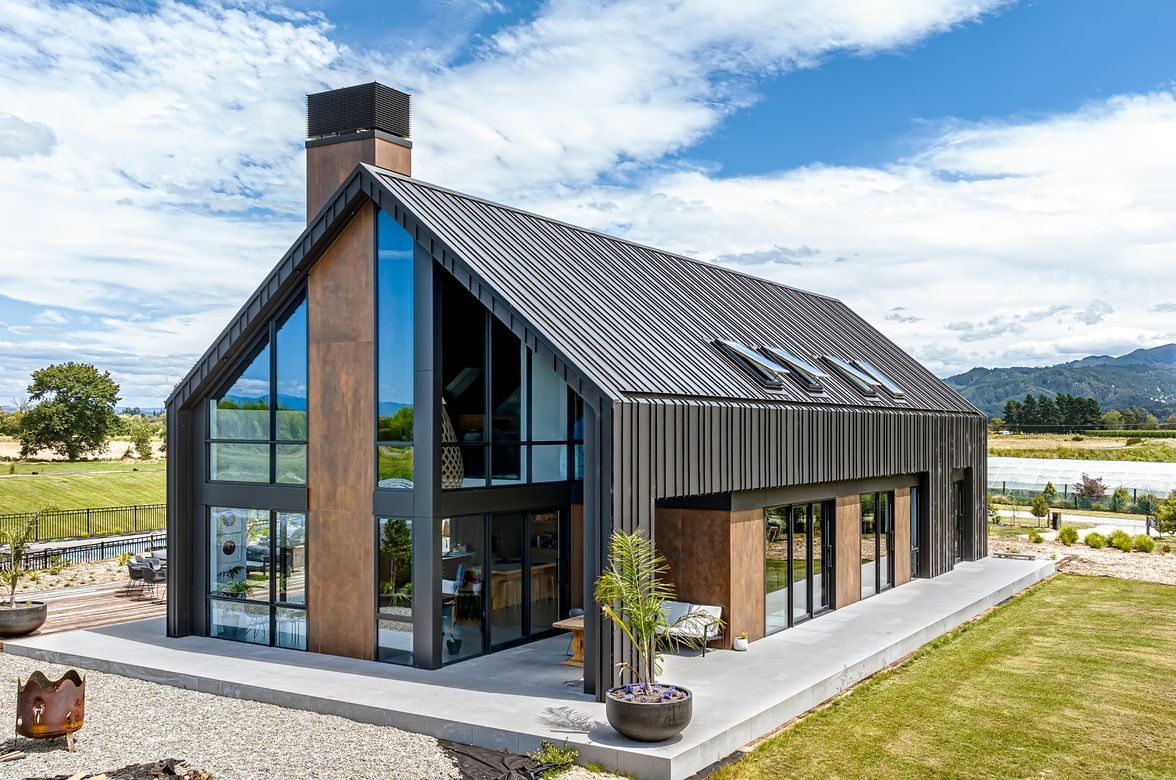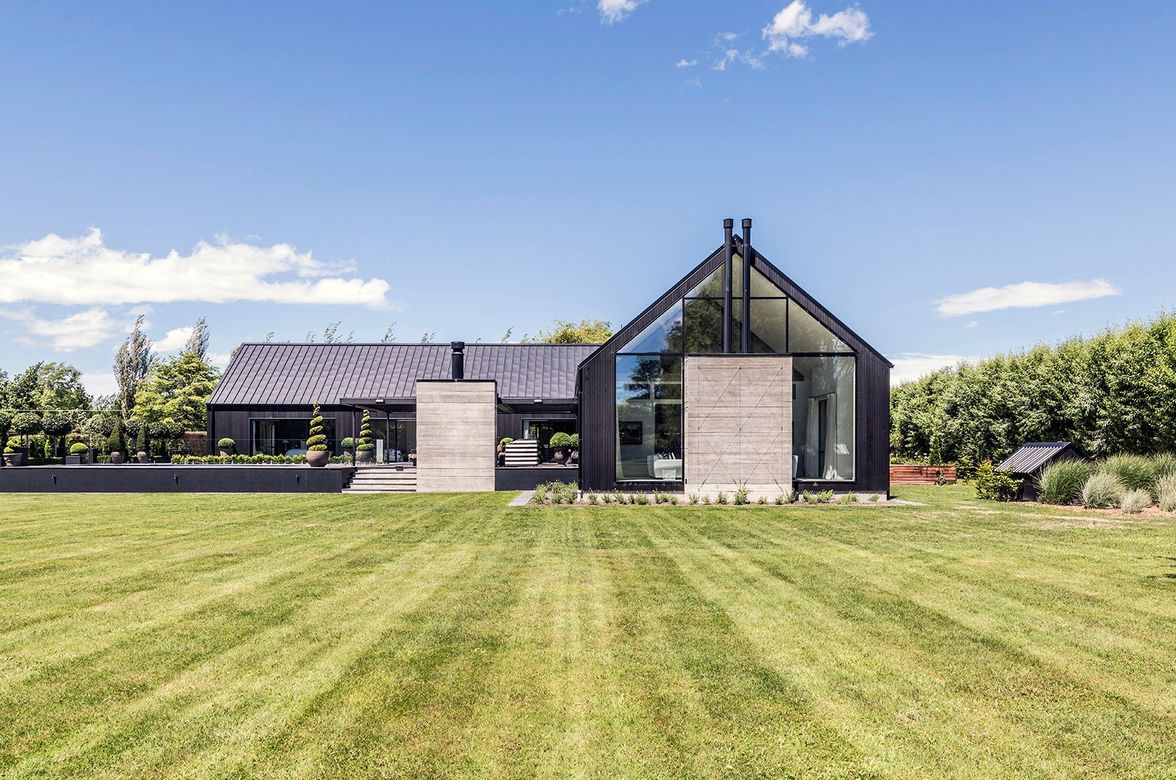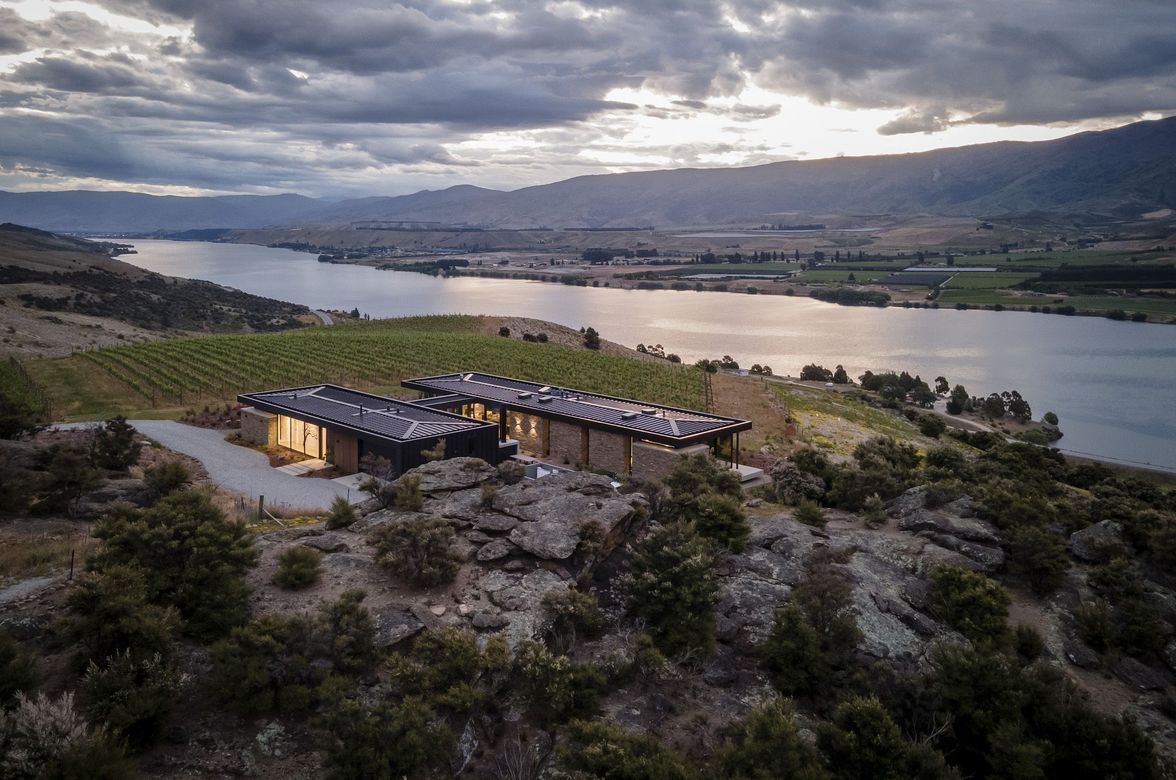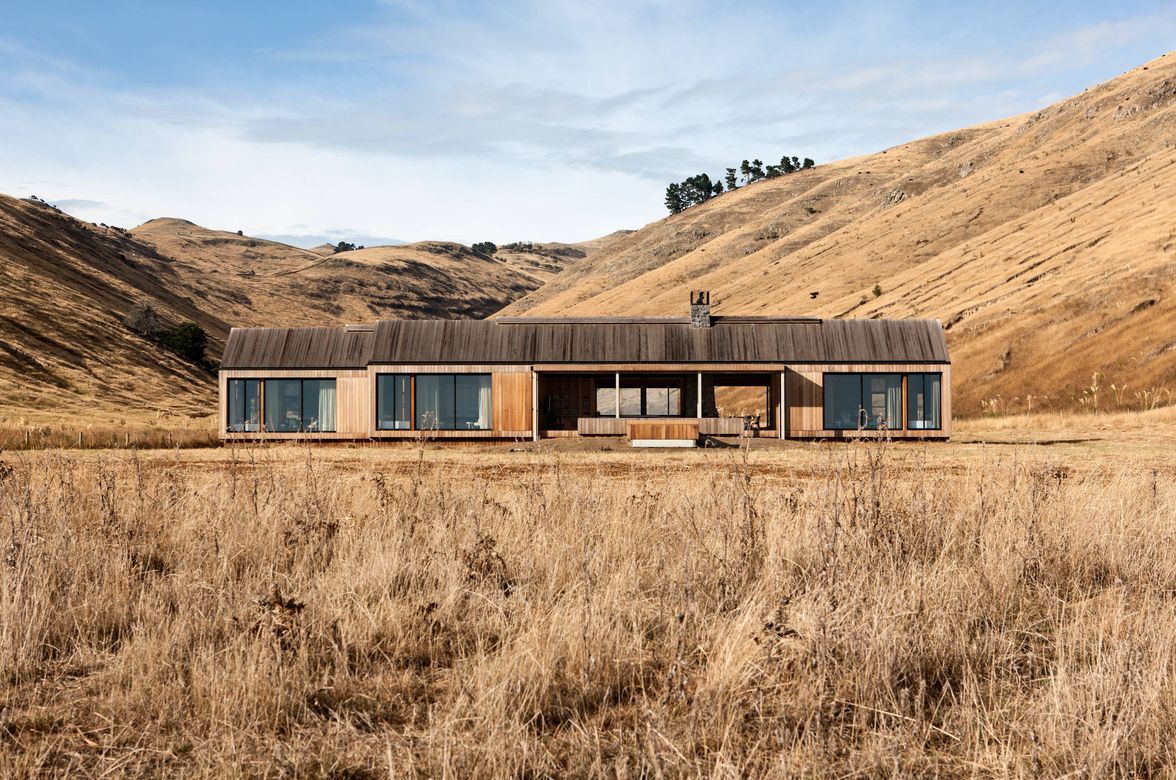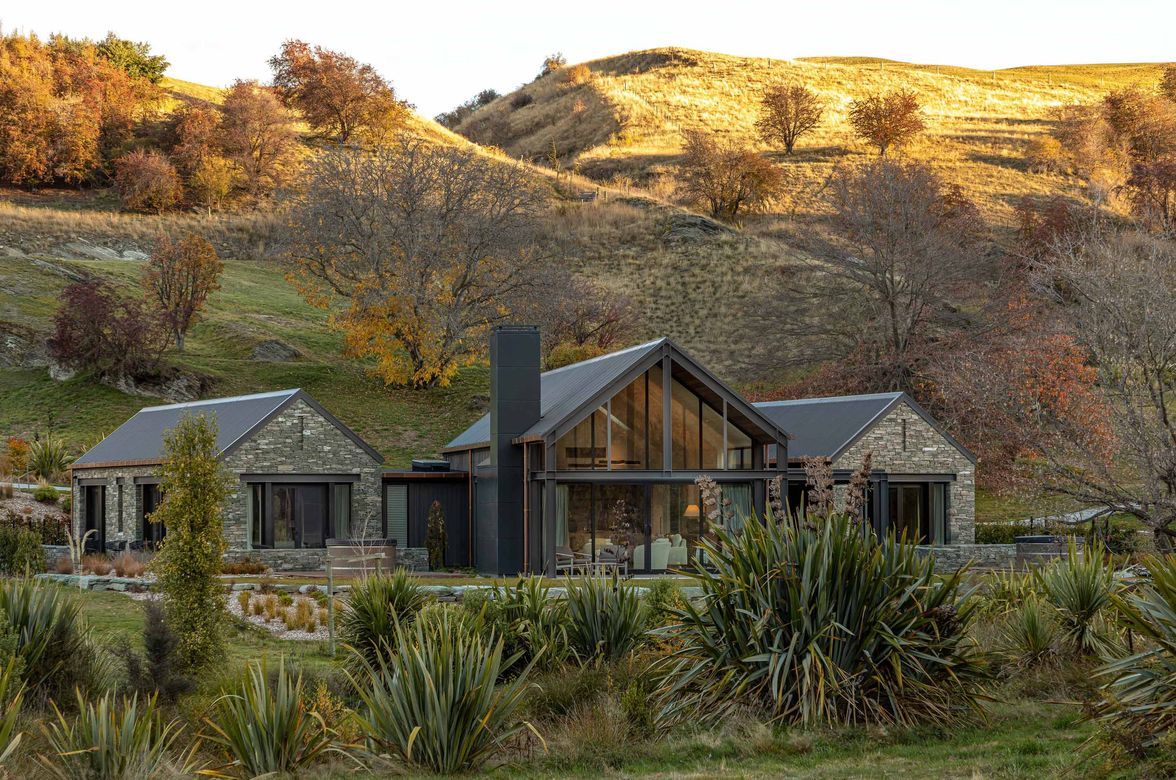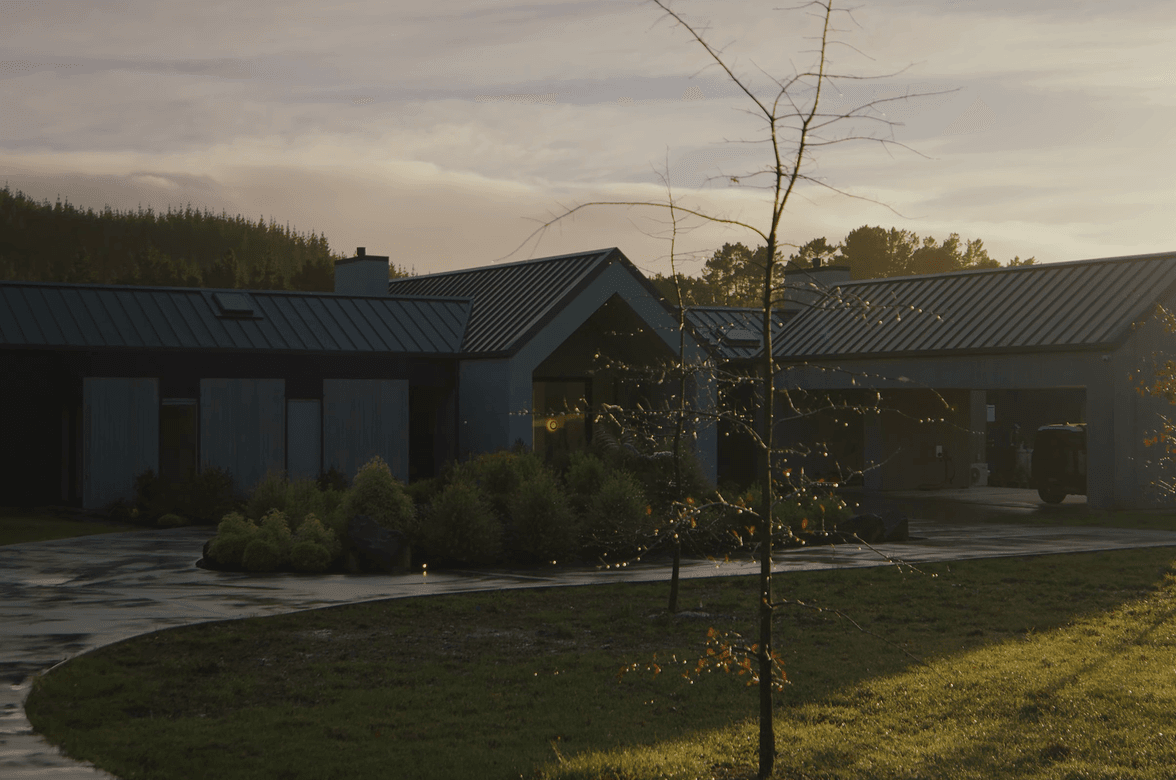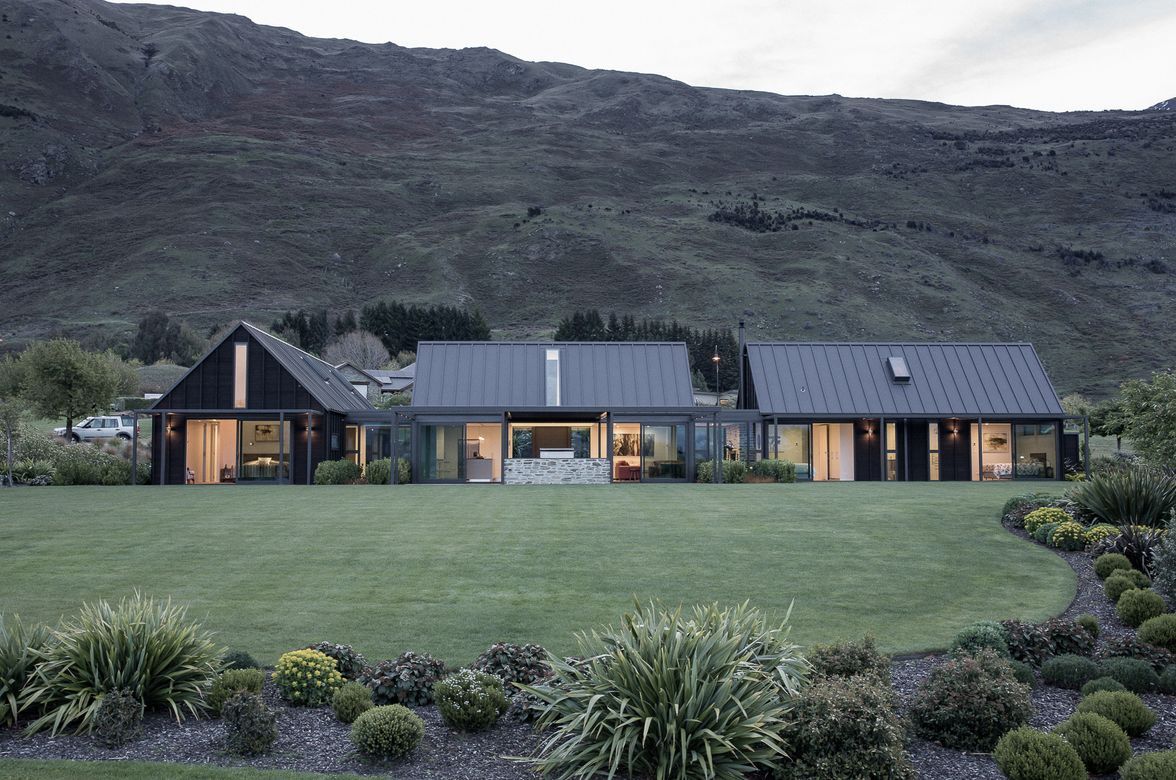Melbourne’s inner east has a new landmark. With a dramatically angled roofline, clean edges and a beautiful blue-grey hue, the Hawthorn Townhouses make an unmissable visual impact in the urban landscape.
This striking build – comprising four luxury townhouses – is a contemporary and post-modern exploration of beauty in material. Antony Tsjin, co-director of Melbourne architectural studio T-A Square, says the aim was to create a standout dwelling that mirrored the environment, while using conventional materials. For Antony, the only choice was brick.
“We were thinking of how we could use the bricks in the most intelligent way that would highlight the quality and, at the same time, harness the beauty of the material itself,” he says.
The solution came in the form of stunning Austral Bricks’ La Paloma in Azul, the soft bluish-grey colour lending a simultaneously striking but refined aesthetic.
Initially, Bowral Blue bricks, among other options, were discussed, but the La Paloma in Azul offered an affordable alternative and a look that perfectly aligned with the intent of the design. “The Azul is more suitable because we wanted to create not just a bluish building, but one that has a nice feel and texture,” says Antony. “The colour is quite neutral. It’s earthy; and we wanted the building to have warmth. And, of course, it ties in very well with the other material palette we chose.”
While the Hawthorn Townhouses make a street-side statement thanks to their cool tonal quality amid a landscape of blond and red brick, it’s also the way the bricks have been laid that gives the building a visually arresting element. Antony used a hit-and-miss laying pattern to not only ensure the townhouses catch the eye of passersby, but also provide a much-needed screen.
“We explored ideas of how to actually use the brick. Hit-and-miss is one of the things we liked. Rather than just use the brick conventionally in the horizontal manner, we thought the brickwork could be part of the feature.”
It certainly makes for a beautiful façade that changes with the light throughout the day, and at night the feature is more pronounced thanks to the warm glow from within the homes. “What captures you is that the front façade is brick. That draws you into the detail of the development and then you realise the whole thing is actually made of brick,” explains Antony.
Given the chance to use La Paloma again, Antony says he would like to use the brick internally as a feature, and also praises its thermal qualities as a more sustainable solution to home heating. For now, though, he is pleased with the result of the Hawthorn Townhouses, which have attracted plenty of praise for their appealing, out-of-the-box design.
“The whole point was to create a masterpiece from an architectural point of view that would last for a long time. The only way to do that is to create a landmark that a passerby will notice as something different,” Antony says.
